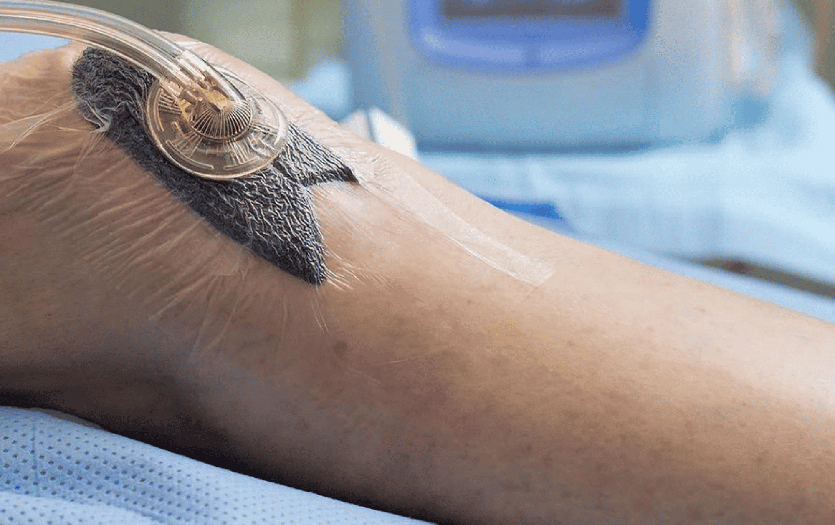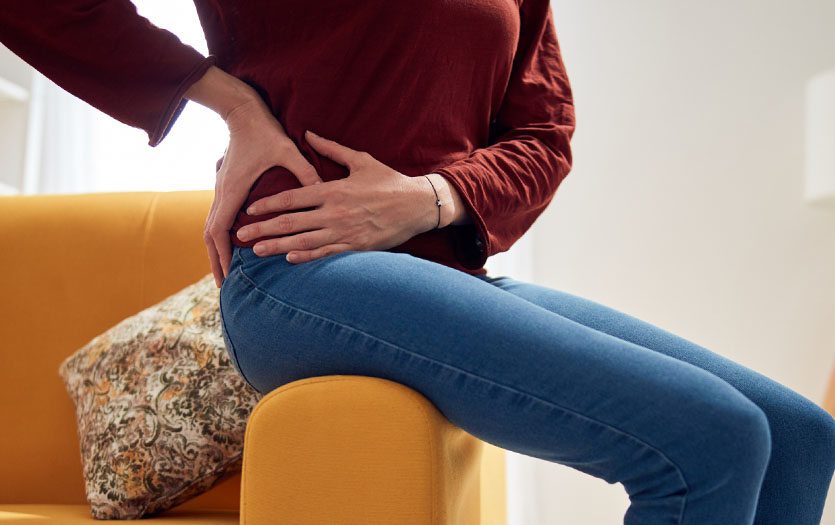
For patients experiencing severe injuries or complex wounds, advanced treatment modalities may be necessary to ensure proper healing. Vacuum-assisted closure (VAC) therapy can offer patients faster recovery and a decreased risk of developing infections. Keep reading to learn how VAC therapy works, its benefits and what patients can expect during treatment.
Overview
Vacuum-assisted closure (VAC) is a widely used approach for addressing severe wounds at risk for delayed healing, such as:
-
skin grafts
During treatment, the VAC machine utilizes controlled negative pressure (suction) to promote faster healing, reduce infection risk and enhance patient comfort. In a recent study published by the National Institutes of Health National Library of Medicine, 14 patients treated with VAC therapy for venous leg ulcers experienced mean ulcer reduction rates of 46.4% for the first six applications and 72.8% for subsequent applications, compared to baseline.
Procedure
In addition to improved patient outcomes, VAC treatment is painless. However, patients may feel a mild tugging at the application site when treatment begins.
This wound recovery procedure involves placing a special foam or cotton gauze bandage over the treatment site to protect the exposed tissue. The covering is then secured with a transparent film extending several inches beyond the dressing to create an airtight seal for the vacuum. After preparing the area, a tube is attached to connect the bandage to the VAC therapy unit. Once activated, the therapy unit creates the suction needed to close the wound edges.
Recovery
While undergoing VAC treatment, adhering to the provider's guidance and giving extra attention to the wound is crucial. Depending on the severity of the wound, patients may receive treatment in a clinical setting or recuperate at home. Here are some considerations for managing your care effectively:
-
Dressing changes - During recovery, a home health care worker may come to your home, or you may need to visit your provider's office a few times a week to change the dressing. More frequent dressing changes may be necessary if there is significant drainage or signs of complication.
-
Activity restrictions - Some VAC systems are portable, while others may be stationary. You must wear the bandage and VAC machine continuously, which may require reduced activity throughout the therapy. Your doctor will explain what you can and can't do during treatment.
-
Hygiene - While healing, you can take sponge baths; however, you may need to avoid showering or submerging the bandaged area in water until your provider clears it.
-
Medication adherence - Take all pain medicines exactly as prescribed by your doctor. If you are not taking prescription pain medication, speak with your provider or pharmacist about your over-the-counter or nonpharmacological pain management options. Additionally, if prescribed antibiotics, take them as directed and complete the entire course, even if you begin feeling better before finishing the medication.
Final thoughts
Vacuum-assisted closure (VAC) therapy is just one of the many advanced techniques used in wound care management. Healing acute and chronic injuries requires proper care and attention. The Parkview Centers for Wound Healing are focused on helping you recover so you can get back to the things you enjoy. Outpatient wound clinics do not require a physician referral. If you are dealing with a chronic wound or need additional information and support, contact any of our three locations for help.
Copyrighted material adapted with permission from Healthwise, Incorporated. This information does not replace the advice of a doctor.



